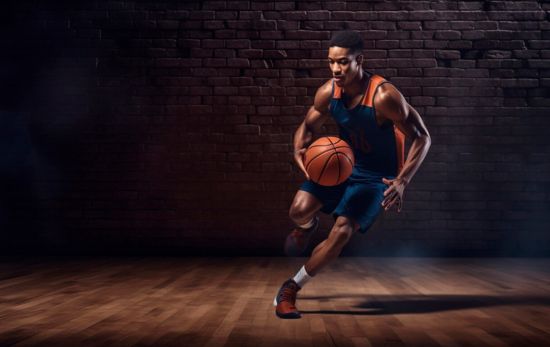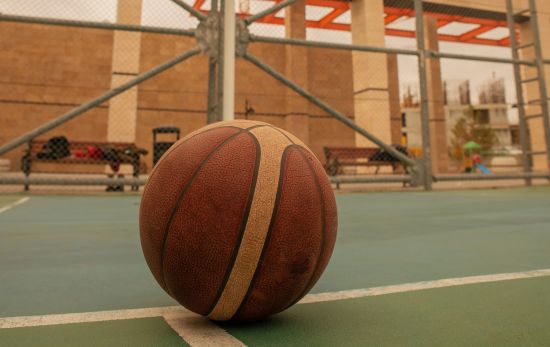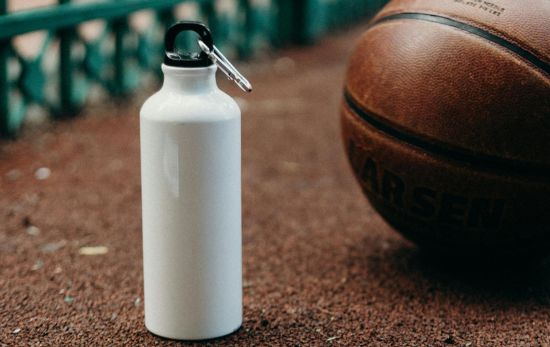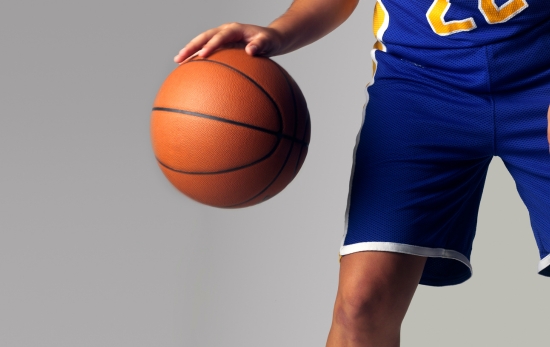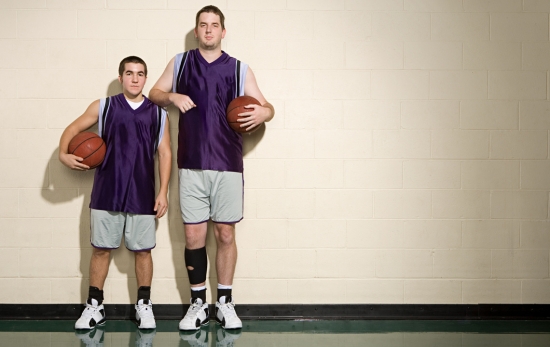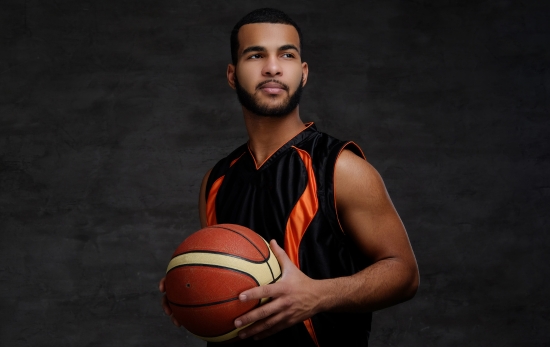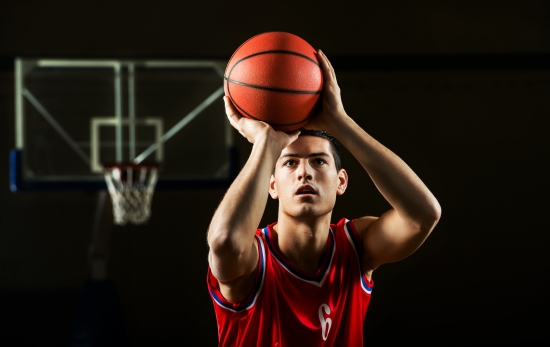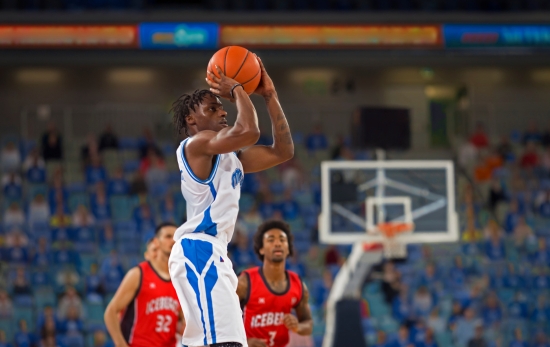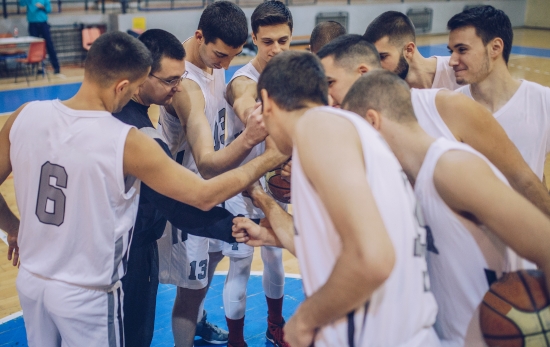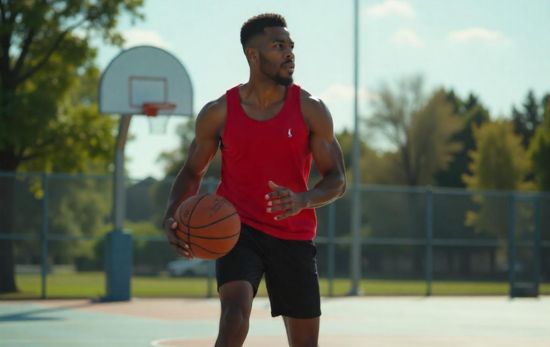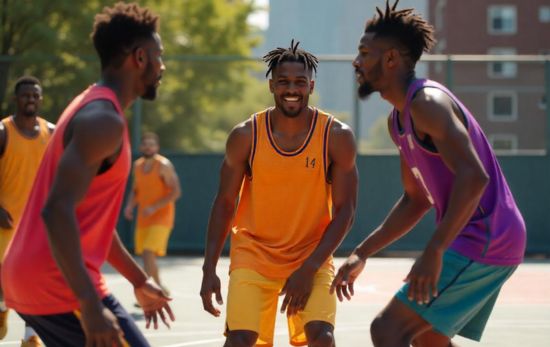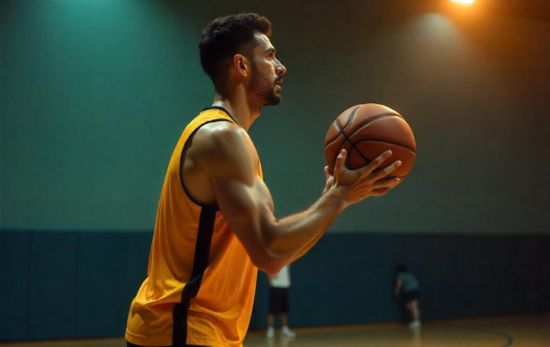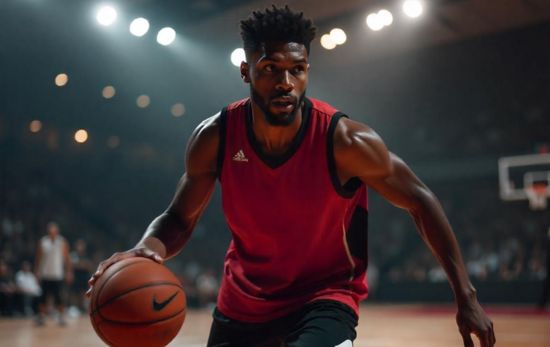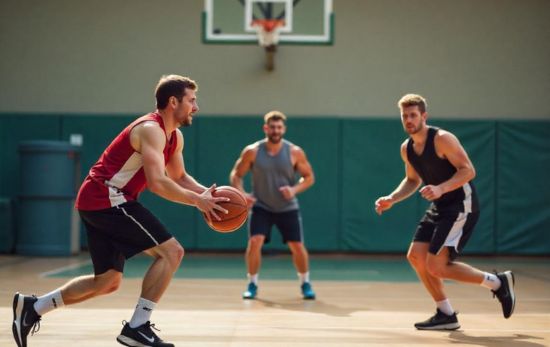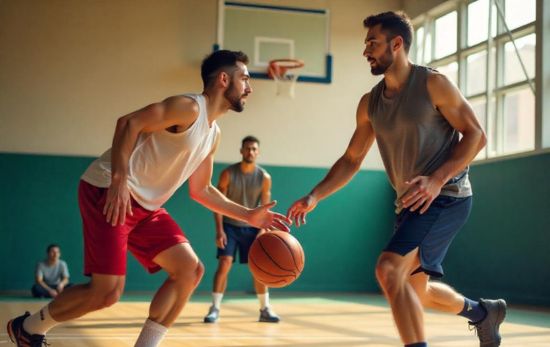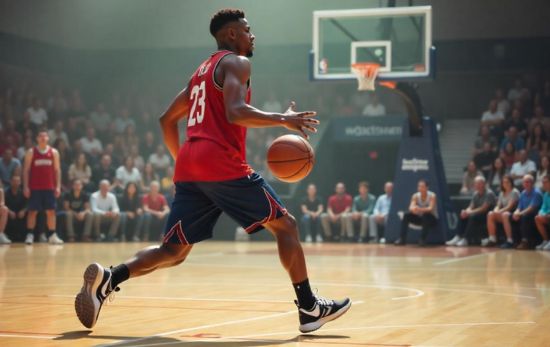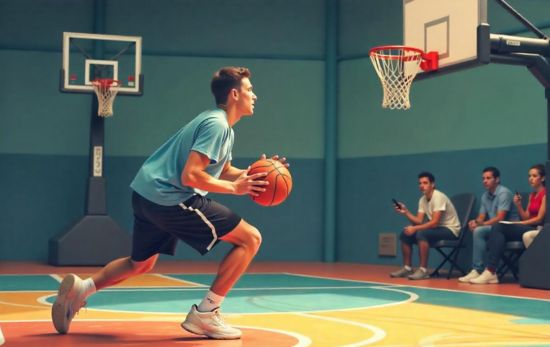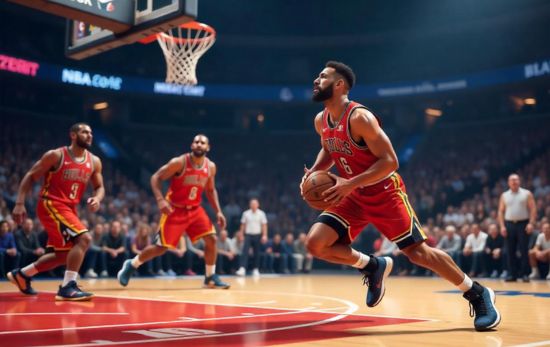3×3 basketball is a half-court version of traditional basketball that has become popular around the world. It’s played on a smaller court with just 3 players on each team. The game brings more excitement because there’s less space and fewer players. The following sections contain all the details about the rules of the game and how they are different from 5-on-5 basketball. Let’s begin to learn.
What Does 3×3 Basketball Mean?
3×3 Basketball is a distinctive game of basketball where, instead of five players per team, there are three per team, and it is played on a half-court format with one basket. It originated in streetball culture and has now been officially recognized by FIBA and is even included in the Olympics.
The primary goal is still to score more points than your opposing team. However, because the court is smaller and you are playing with fewer players, the game is quicker; more physical. Games typically finish under 10 minutes, which is ideal for tournaments.
3×3 basketball game continues with fewer stops, where players are required to stay active throughout the game. In Australia and many other places, this version of basketball is becoming popular, especially with young players and in schools. If you have searched for “what is 3×3 basketball” or “basketball rules Australia”, you will know that this version of the game is earning even more notoriety.
How Many Fouls Are Allowed in 3×3 Basketball?
In 3×3 basketball, the foul system is a bit different from the traditional 5-on-5 game. Unlike the standard format, which tracks individual player fouls, 3×3 basketball focuses on team fouls. Here’s how it works:
- Each team can commit up to six team fouls without major penalties.
- On the seventh, eighth, and ninth team fouls, the opposing team is awarded two free throws.
- Once a team reaches ten or more fouls, it’s considered a double penalty. The opposing team not only gets two free throws but also gains possession of the ball.
However, personal fouls are still a concern. If a player accumulates two personal unsportsmanlike fouls or one personal unsportsmanlike foul and one technical foul, they are disqualified from the game. This is why coaches must pay attention the their team’s count on fouls to prevent giving points to the opponent.
Ready to Look the Part on the Court?
Whether you’re a coach or a player, wearing the right gear can improve your performance. Shop now for elite sublimated uniforms; they’re made for comfort, easy movement, and style. Don’t miss the chance to play your best in a great-looking uniform. Ask for a quote today and get your team ready to win!
How Many Players Are in 3×3 Basketball?
And as the name indicates, there are three players for each side on the court at a time. But there is also one reserve player, so four team players in total.
Substitutions are possible in any dead-ball scenario, but must be performed from the substitution area and without disrupting the game. This type of play requires every player to be highly versatile. With only three players on the court, all of them must perform both offense and defense.
Unlike conventional basketball, where players specialize in one area of the game (such as defense), players in 3×3 basketball must be capable of playing all aspects of the game. Because you are involved in every play, it is a great format for developing fundamental skills.
Understanding how many players can participate at a time helps clarify team formation and substitution patterns, especially in tournament settings under ‘basketball rules Australia’.
How Many Timeouts Are There in 3×3 Basketball?
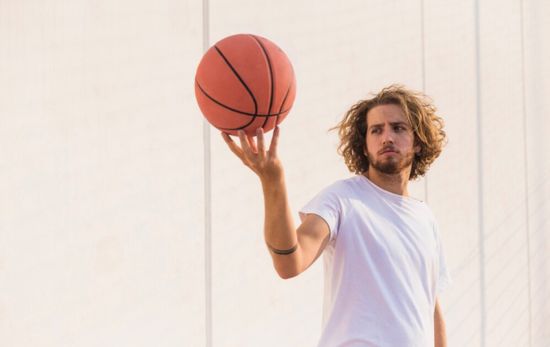
Unlike traditional basketball, where teams can call multiple timeouts, 3×3 basketball rules simplify this aspect considerably.
- Each team is allowed one 30-second timeout per game.
- In addition, there is a 1-minute TV timeout at the first dead-ball after the game clock hits 6:59, provided it’s a televised match.
In 3×3 basketball, each team gets just one short timeout, which makes the game more exciting. Coaches and players must choose the best time to use it, like to stop the other team, plan quickly, or rest for a bit. This rule helps games stay fast and on schedule.
How Does 3×3 Basketball Scoring Work?
The scoring system in 3×3 basketball is unique, which makes the game more exciting. Here’s a simple explanation:
- Field goals scored from inside the arc (within the traditional 3-point line) are worth 1 point.
- Field goals made from beyond the arc are worth 2 points.
- Each successful free throw is worth one point.
The games are played to 21 points or 10 minutes, whichever happens first. In case the score is equal at the end of regular time, the match enters overtime. The first team that obtains 2 points in overtime is declared the winner.
In 3×3 basketball, outside shooting and smart attacks are very important. The game can end quickly when a team reaches 21 points, so every chance to score is crucial. Teams have to play fast, and that’s why the uniforms are required to be light, help control sweat, and allow easy movement for quick action.
Conclusion
After knowing the fundamentals of 3×3 basketball rules, it’s easy to see why this version is growing in popularity, not just globally but also under ‘basketball rules Australia’. Since the game differs with the number of players, scores, and foul systems, it gives an interesting twist on a beloved sport.
It is very crucial to have an appropriate uniform while participating in the game, whether for a coach or a team member. And for a solution, Elite Sublimated Uniforms are made with a focus on athletes’ high performance. View our top-quality basketball equipment, designed especially for the fast-paced 3×3 game.
Ready to outfit your team with the best? Explore more of our premium basketball gear, tailored specifically for the fast-paced world of 3×3 basketball.
Ready to outfit your team with the best? Request a quote and get started today.

